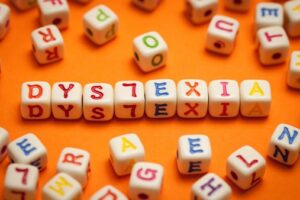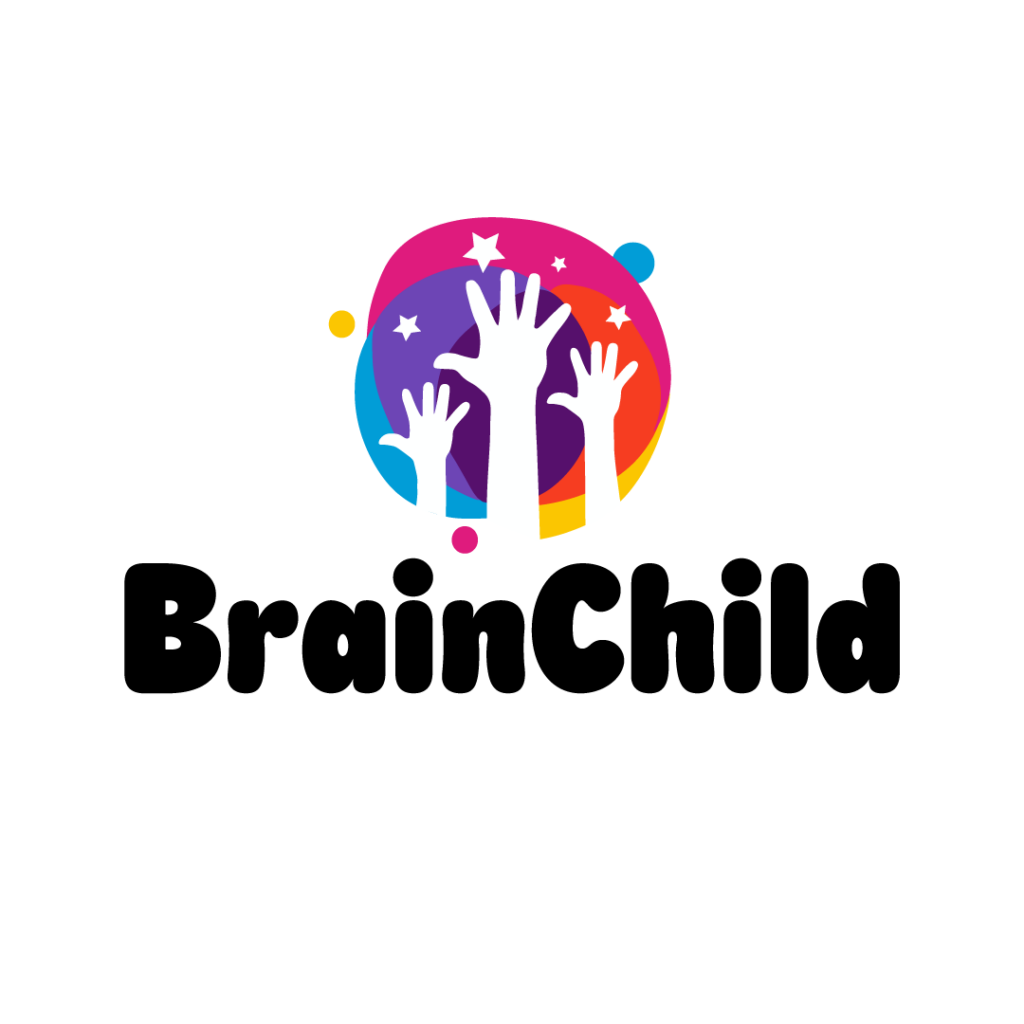The Orton Gillingham method is one of the most used since 1935. This method has managed to help children, adolescents, and adults from all over the world in the area of written-reading comprehension; however, most people do not know it.
Although it is indeed a strategy that uses in students with disabilities, learning difficulties, and dyslexia, most institutions choose to add it to their programs.
If you are an educator, this post will help you understand and apply the Orton Gillingham method. On the other hand, if you have a family member with some comprehension disorder, in the following reading you will find all the necessary information regarding this strategy.
What is Orton Gillingham’s method?
The Orton Gillingham method is a strategy, approach, or means of learning, recommended and popularized for many years. It is special for all those children and adults who have some difficulty in reading.
It is multisensory teaching that has been around since the 1920s when Dr. Samuel Torre Orión and his colleagues first introduced it. However, it was in 1936 when the professor at the Orton Institute in the United States, Anne Gillingham, carried out the first program. To do this, Gillingham had the support of a student of his who had reading difficulties.
86 years later, thanks to a large amount of scientific evidence, today Orton Gillingham is one of the methods most used by speech therapists; qualified teachers in special education, and even in the area of psychopedagogy. Even, of all the programs, this one contains more endorsed investigations.
Orton-Gillingham: His story
Those who performed the method were two people: Anna Gillingham and Samuel Orton. Gillingham was an education specialist she had a long history of training great teachers.
On the other hand, Orton was a famous, respected pathologist and psychiatrist; recognized for his keen interest in studying behavior and learning in children with learning difficulties and disabilities.
After the teacher will study the psychologist’s concepts and realized that they could be useful for her research, Gillingham chooses to copy Orton’s strategies. Of course, the end of this was a positive thing, as she used them and integrated them into his training manuals. Years later they were published, starting what would become the Orton-Gillingham methodology.
The title of this manual was “Remedial Training for Children with Specific Disabilities in Reading, Spelling, and Handwriting”; with an initial publication in 1935. Today, it is one of the best-selling and most widely used manuals throughout the world.
What are your goals?
The main objective of the Orton Gillingham method is to teach children of any age the correspondence between sounds and letters. To achieve this, a multi-sensory approach applies; where uses the senses of hearing, touch, sight, and movements.
In addition, those involved in these methods are expected to:
- Overcome in the area of reading and writing.
- Integrate meaningfully into learning.
Certainly, this type of strategy is not widely recognized in public education. However, it is one of the most used in institutions dedicated to teaching children with learning disabilities; dyslexia, and autism.
The Orton–Gillingham approach
It began by emphasizing a multidisciplinary learning style. The teacher should teach and the student should:
- Copy the letter.
- Pronounce it out loud.
- Draw it in the air (with your hand).
The faithful defenders of the methodology shared the same opinion. By carrying out the strategy in this way, a triple reinforcement would offer with; which the child would not forget either the letter of the word.
On the other hand, teachers must organize themselves and work in a structured way. They must also meet certain criteria, such as letters must be fully understood before moving on to words; sentences, writing, and more.
If the student does not solidify this first action, it is most likely that in the second level some difficulties will occur; which would lead them to fall behind at the previous level.
Orton Gillingham’s method cannot be applied to large masses of students. This is because the students’ learning will be very different from each other. That is, not all children learn at the same speed. For this reason, experts believe that the method is most effective when used in small groups and, in extreme cases, individually.
Finally, the focus of Orton Gillingham’s method is not merely to help develop reading comprehension. Although this is one of its objectives, the strategy focuses on using various ways that help the child learn. It also emphasizes why, how, and what to read, demonstrating its importance while teaching.
How does the Orton Gillingham method work?
This works depending on the situation. Although everyone can learn from Orton Gillingham’s method, not everyone is qualified to receive help from him.
Before using this strategy in a child or adolescent, an evaluation must first be carried out. Through this, the educator will know the strengths, comprehension, and reading skills and what the challenge will be. Once the answers are known, the teacher can decide how to use the Orton Gillingham method.
Students should then receive small talk and instruction in small groups; noting that members of these groups should have similar skills and understanding.
As for the order of the groups, this should be based on their understanding and development of the language in a natural way. For example, the group can start by identifying the sounds and letters, and connecting.
If this group passes the first evaluation, the second will be to use the sounds and letters in words where they must recognize them.
Students must master each activity before moving on to the next; otherwise, they could harm the group and fall behind en masse. In the case of being an individual student, you cannot go back for a long time; that is, a slow and safe advance is better than a fast one that later affects them.
If the student attends regular classes, the parent should inquire and socialize with the academy; know how they teach the classes and if they are adding the method as an education to the child. It is also recommended that the representatives investigate the subject and help from home to support the child.

Evidence supporting the Orton Gillingham method
Many parents have heard that Orton Gillingham’s method is one of the best ways to treat dyslexia. However, there is still no research to back up those words. Even so, many academies that work with dyslexia have chosen to use this approach.
When dyslexia is detected in a child or adolescent, there are two types of interventions that the school usually uses:
- Use a teaching program.
- Use a teaching approach.
Although they appear to be the same, they are. In the case of Orton Gillingham’s method, it is an approach, not a program. We will see the difference below:
Teaching program
It is a pre-established outline, presentation, or manual that teachers must follow. The sequence is defined and the order specified.
In addition, the teacher who applies to the program must have previous training to work with students with dyslexia or other learning difficulties. The programs are often based on a teaching approach that, although influenced by Orton Gillingham’s method, does not fully meet his specifications.
On the other hand, these programs are not organized for a specific child but are used in large masses. That is, all students will follow the same instructions, although some show improvements, others may not advance because they need more attention.
Teaching approach
It is the opposite of a program since it is an individualized intervention for each child or adolescent. Instead of being present like a program, a teaching approach is flexible and based on a problem-solving process.
Although it is true that, as in a program, the first point is to identify the problem, what type of problem occurs and the level of difficulty, the next step will be different. The student will evaluate and an individual program will determine to help him understand and advance in the area of reading-writing.
In addition, an approach may offer not only preferential care but also greater flexibility, helping them meet the complex needs of a program.
However, because it is not pre-set or follows instructions, the approach cannot be as complex or precise as a program.
Orton Gillingham: the most used method
Certainly, there is no written evidence to show that using Orton Gillingham’s method can benefit, help, or be the best approach for students with dyslexia or other learning disabilities.
However, it is one of the most supported thanks to the fact that the professionals who have used this approach have verified that the advances are great in a short time.
We should note that teachers who use this approach must receive training, study it, and have a degree that endorses this knowledge. In addition, experience is who will tell if it is one hundred percent guaranteed. It is better to work with a teacher who has already had students with this disability and has applied the Orton Gillingham method.
Finally, the United States has been the country that has best integrated into the Orton Gillingham method. The International Dyslexia Association developed an approach much like this: the Structured Literacy approach. This consists of the study of the sound in English and the association with the symbols.

Games for children with dyslexia based on the Orton Gillingham method
To become an expert who can use Orton Gillingham’s methodology, not only must he study the theory, but he must also spend hours in practice.
To do this, those interested in applying this approach spend a lot of time in the company of children and adolescents who are learning through the method. Of course, the professional (trained staff) must present and confirm that what the intern does or says is appropriate.
On the other hand, the time that a student must remain in the classroom while a learning approach applies will depend on the level and progress of it. However, most usually meet 2 to 4 sessions per week.
To achieve a breakthrough without boredom, Orton Gillingham’s method has managed to merge games and recreational activities that help improve children’s understanding. Among the most popular are:
Educational games
They are the most used in children with dyslexia since this strategy not only helps children in terms of teaching but also promotes integration.
Among these games, the most common are: crosswords, scrabble, word searches, and board games.
There are also many exercise books there is a section where you can find out which are the best Orton Gillingham workbooks, these are always a great option.
Most of these books tend to focus on art, word search, math, and much more.
Recreational activities (rhymes, synonyms, word spelling)
Through these types of activities, the child will not only learn but also socialize and have fun while advancing the level.
However, before using any type of strategy, they must evaluate students. It must remember that not all children progress in the same way and as it is an approach and not a program.
Orton Gillingham’s method can become one of the most essential, recognized worldwide. Although very few indeed know and study it, most teachers and psychologists should add it to their teaching methods.

